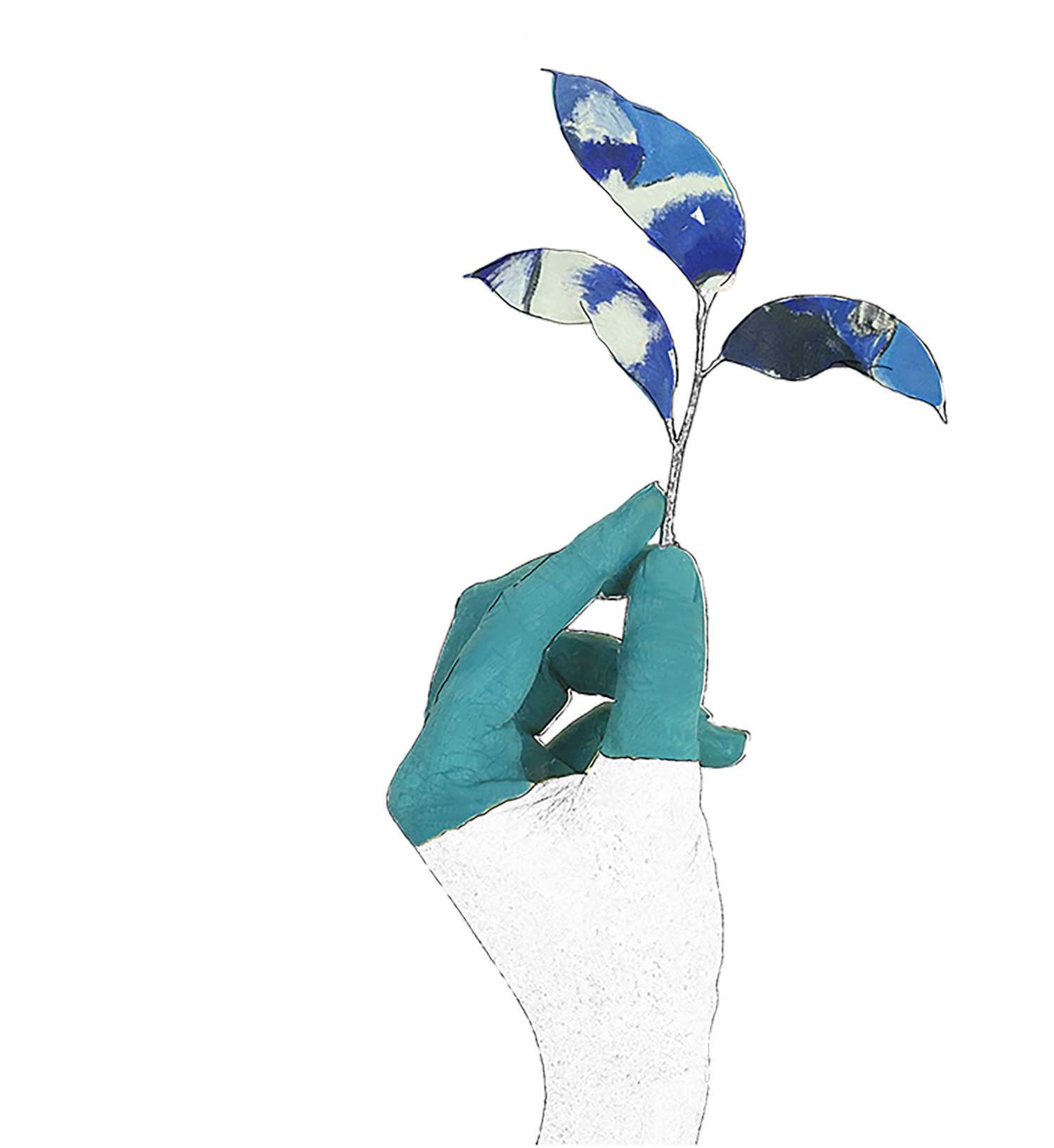the watermelon woman: representation in hollywood
Representation of both the black community and the LGBT+ community within cinema is scarce, and still considered a niche topic of narrative throughout the industry. Even in today’s society, films that embrace minorities and have them at the forefront of a narrative are only just starting to break through Hollywood. Films such as Black Panther and Love, Simon are examples of where this representation in mainstream filmmaking can succeed, as both films were critical, and box-office hits. Therefore, it is fair to say that as audiences we will most likely be seeing a wider range of representation on the big screen in upcoming years, but is it for the right reasons?
I want to bring your attention to a film that I recently discovered that left a lasting impact upon me. Cheryl Dunye’s The Watermelon Woman was released in 1996, and is the first film ever to have an openly gay, black female director. A breakthrough not only for feminist cinema, but also LGBTQ+ and black cinema. The narrative focuses on these issues intertwining them to create an uplifting story of a young woman who wants to discover more about her community’s history. Dunye plays a version of herself, who is creating a documentary project on a black actress from the silent era, known only as ‘The Watermelon Woman’, who she believed to be in a lesbian relationship. Dunye finds herself entangled with a white woman, and creating an interesting exploration of interracial relationships, interactions, and the reactions they receive within the film. The film holds a comical and jovial tone throughout, there is no tragedy, no exploitation for the purposes of plot, but rather upholds itself as a film that engages with people that cinema had yet to discover. Dunye’s debut leaves a truly wholesome imprint on viewers, as a story of history and exploration. The existence of LGBT themes are not falsified, they do not play towards a heterosexual audience or desire a sexual gaze upon them, it’s presence in the film simply proves a point about how these young women exist, live, and love one another. The Watermelon Woman proves to be a tasteful and artful portrayal of the black LGBT community, and offers us a perspective that mainstream cinema arguably fails to deliver.
When discussing the presence of minorities within cinema, the fight for representation is something we are not oblivious to, yet as audiences we are met with cyclical narratives that often entail white male protagonists, and heterosexual romances. Arguably one could say that this sudden interest from Hollywood is a patronising move by major studios to meet representational demands as if it is a trend, and not a necessity for a means for cinema to become an inclusive art form and entertainment platform that can be experienced and appreciated by all.
This opinion is something we cannot merely ignore. Although I am elated every time I see a new film announced with a diverse cast, or a new original storyline from a perspective that film has yet to hear from, I cannot help but wonder if the film industry’s heart is in the right place. Do they truly believe in diversity and a broadened approach to narrative, or is the industry making profit over a moral desire held by thousands of minorities? Regardless of this, films such as The Watermelon Woman, however small, remain great examples of how film can capture an essence of truth and enable the voices of groups who are still trying to be heard.

